Polar Zero – 1765 ‘Air’
1765 – Antarctic air – a gift to the future
Polar Zero is a fusion of art, science and engineering. Together Royal College of Art PhD student Wayne Binitie, British Antarctic Survey, and global engineering and design firm Arup, created a symbolic gift to the future.
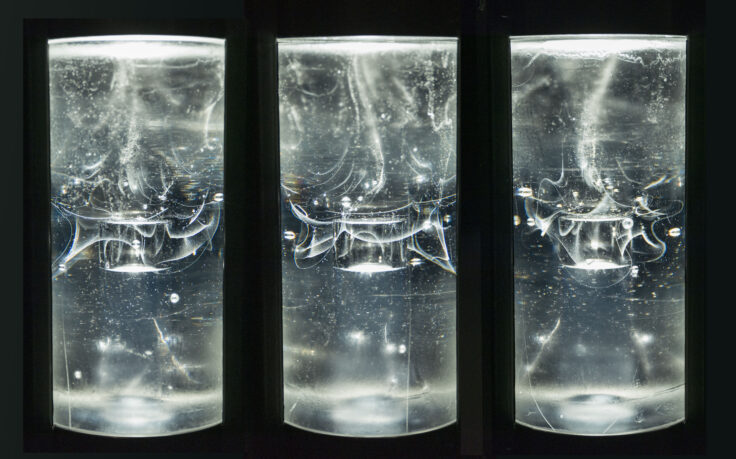
A cylindrical glass sculpture encases an ampule of genuine Antarctic air from the year 1765. Gases, including carbon dioxide and methane from the pre-Industrial Revolution era, capture a pivotal moment in Earth’s history.
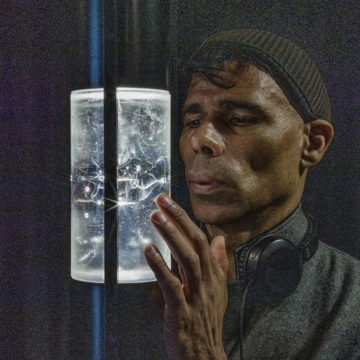
Over two hundred and fifty years ago Scottish inventor James Watt improved the steam engine to reduce waste and cut fuel costs. This innovation sparked a chain reaction that changed the world.
1765 is an elegant ‘gift to the future’ that symbolises humanity’s ability to invent technologies that make a better world. It reminds us also that progress can bring hidden consequences.
Locked deep in Antarctic ice is a unique archive of the Earth’s history reaching back 800,000 years. Tiny bubbles of air that were trapped by falling snow reveal the astonishing rate of increase in atmospheric carbon dioxide since the start of the Industrial Revolution. This knowledge is vital for helping us adapt to a changing world.
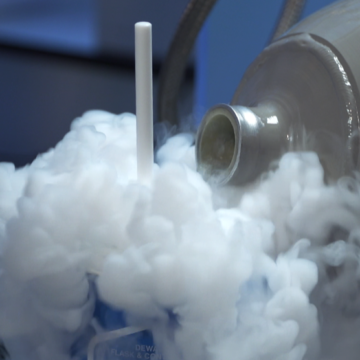 |
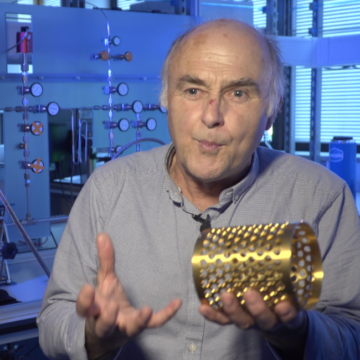 |
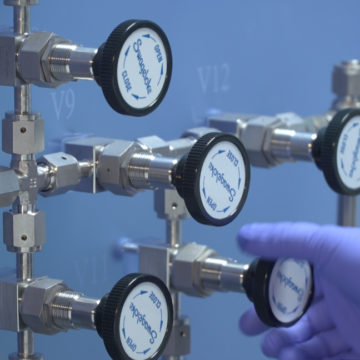 |
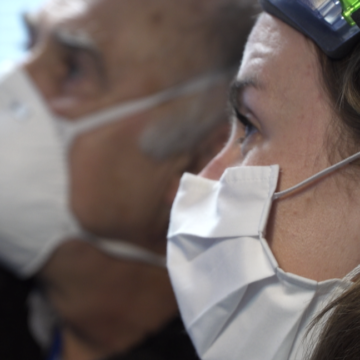 |
Glaciologists Dr Robert Mulvaney, Amy King and Christoph Nehrbass-Ahles work together in the ice core gas lab to extract 1765 air from an ice core
